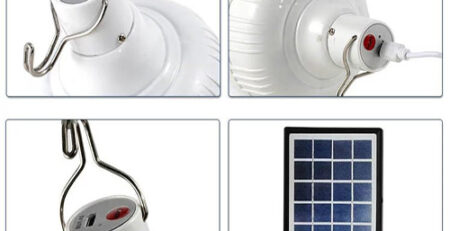Printed Circuit Board: How Is The Assembling Done?
It is not easy to manufacture circuit boards. Some gadget lovers like to design and create their own printed electric boards but they are not multifaceted like the machine finished ones. Moreover, it takes a lot of time to make large quantity of such boards at home. Let us know in detail about the circuit board assembling process to give you a better idea about how the device is created.
As soon as you fuse the electronic apparatuses to a printed circuit board, an assembly is prepared. However, electric board assembling is different as compared to its manufacturing. With the production of printed circuit boards, several procedures are involved including designing the boards and making the printed circuit board prototype.
It is very crucial to gather all the right apparatuses and install them on the board before it is inserted into the electronic devices. Now the question which arises is that; what kind of printed circuit board is installed in which device. Different electronic boards have different assemblies involved depending on the device it has to be installed into. There are two major types of manufacturing approaches involved in the making of Printed circuit board assembly:
1) Hole-through approach: In this approach, the apparatuses are implanted into the holes
2) Surface-Mount approach: In this approach, the apparatuses are installed on the external planes of the electronic board.
The only similarity between both the approaches is that the apparatuses are installed to the printed circuit board with the help of a metal solder by using electricity. The capacity of the board decides how the apparatuses have to be fused on the board. In case of manufacturing more quantity of circuit board assemblies, it is always advisable to make use of machines. The circuit placement on the machine is done by wave soldering as well as by using reflow oven. Machine placement is done with bulk wave soldering or reflow ovens. In case of small scale production, one can always opt for hand soldering.
Sometimes both; hole-through approach as well as surface mount approach have to be applied in a single assembly because some electronic components are obtainable only in hole-through sets, while others are only obtainable in surface-mount packages. It proves advantageous when both the approaches are used during the assembling process.
The hole through installation makes electronic components robust just in case they have some physical damage. However, it is better to utilize the surface mount approach when you are aware that any damage is less likely to happen. The surface mount approach utilizes less area on the electronic board.
As soon as the assembling process is over, it is important to check whether the board is working properly and performs the function needed. In case of a failure on the part of the printed circuit board, it is very easy to find out the source of problem and replacement can be done.
BY by GAHZLY
#Printed #Circuit #Board #Assembling










Leave a Reply
You must be logged in to post a comment.